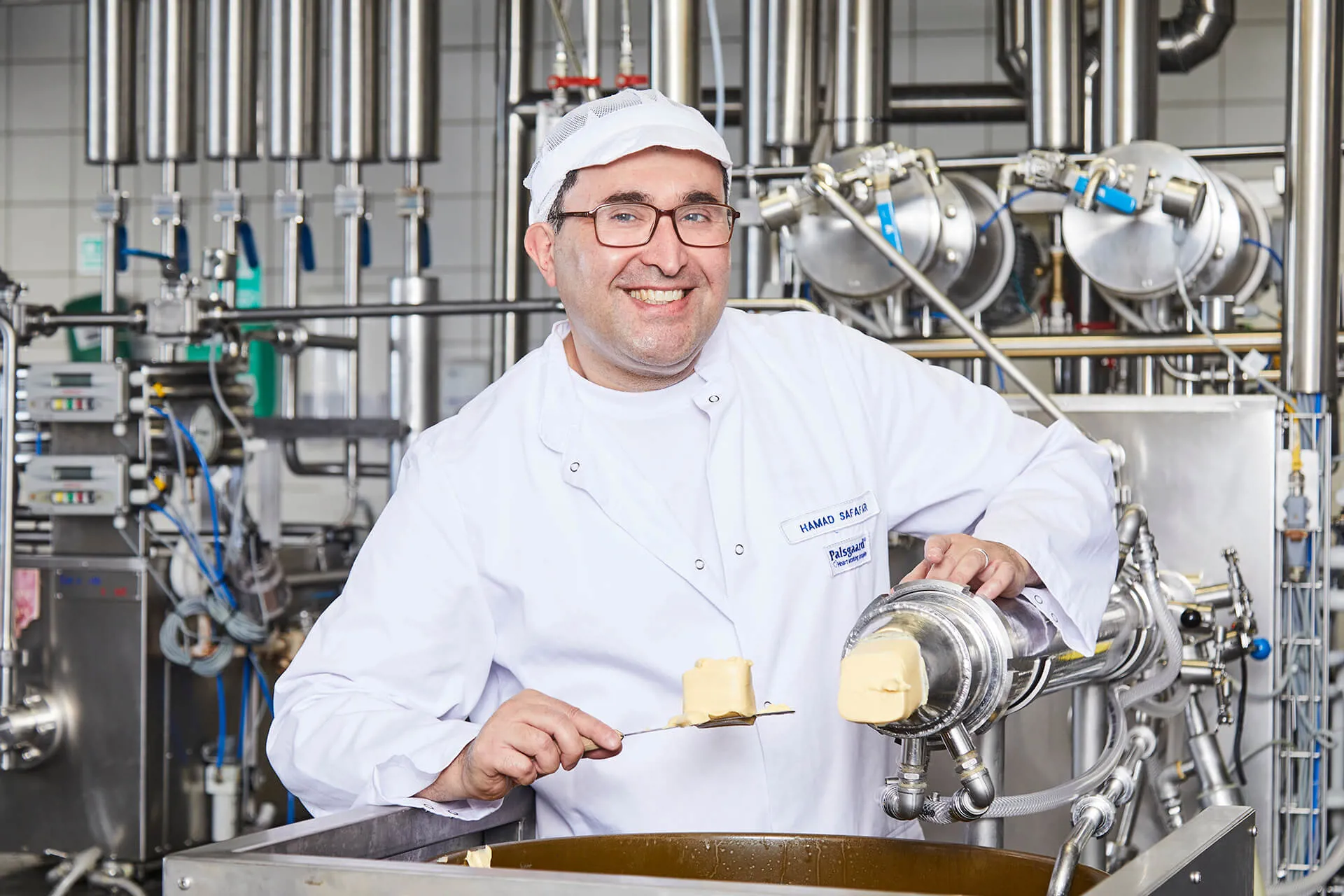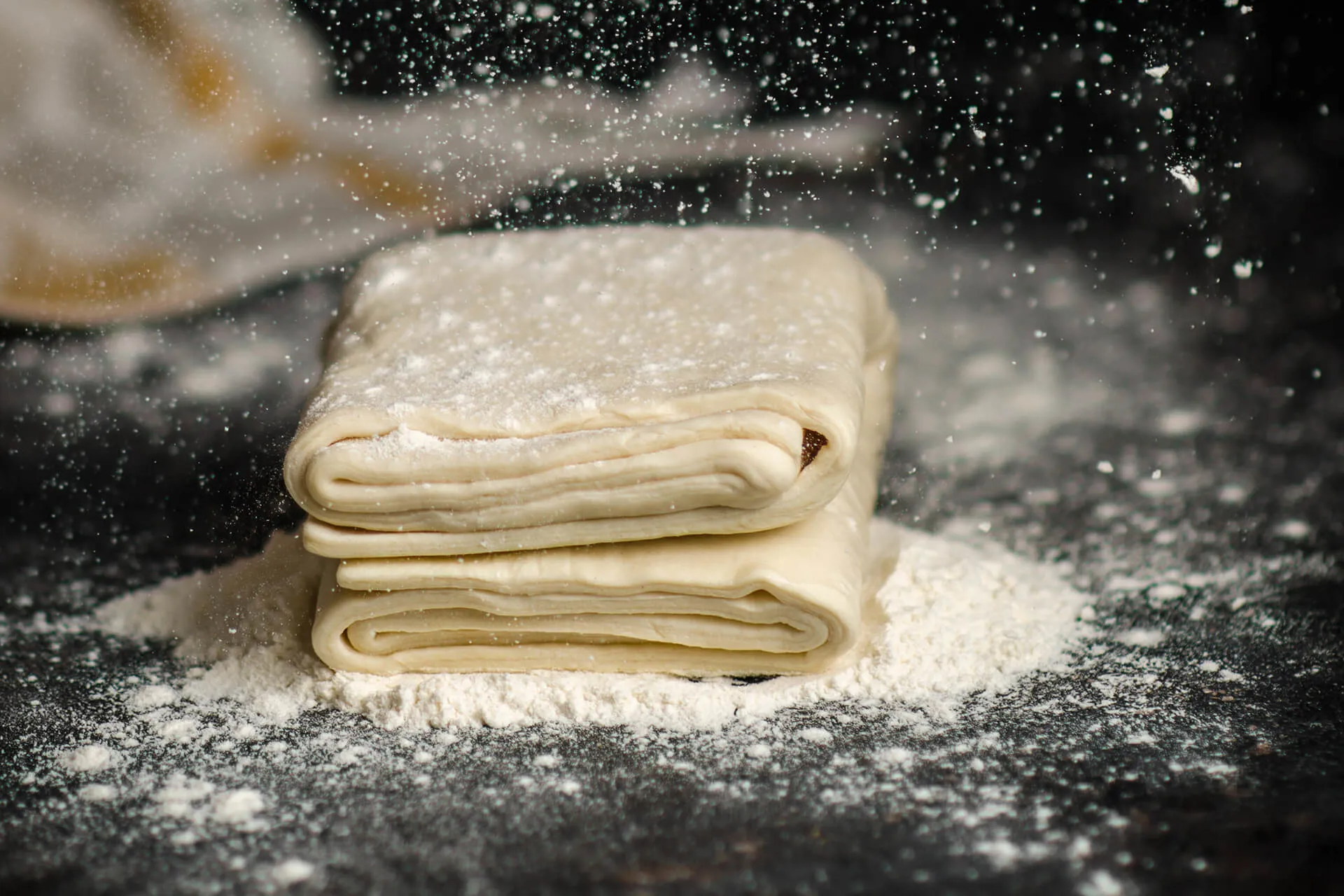
TECHNICAL ARTICLE
TECHNICAL ARTICLE
If there were ever a competitive sport for margarines, puff pastry margarines would be the elite athletes, powerful, flexible and able to perform almost on command, delivering a top-quality result every time. Of course, like top athletes, to keep up with the competition and follow the evolving rules of the game, puff pastry margarines need to make the most of new practices and technologies. So, what are the factors driving these changes? And how can they best be addressed?
